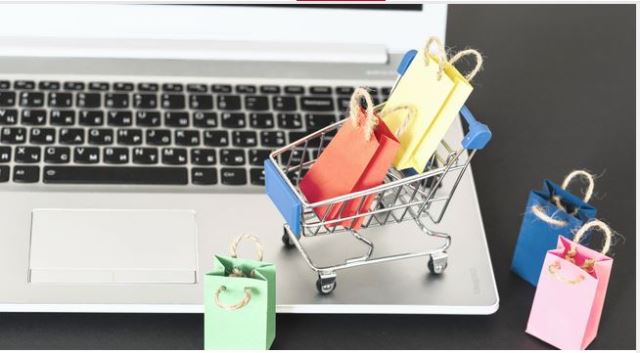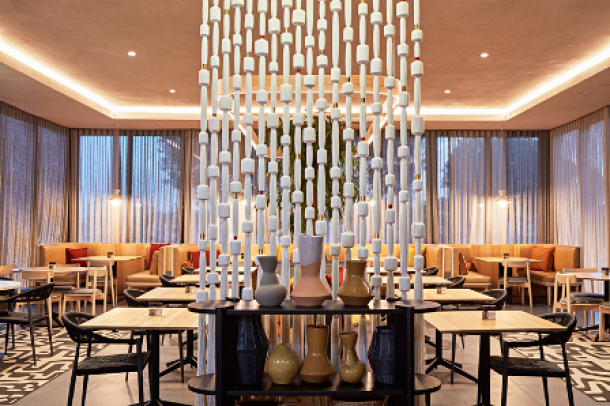E-commerce retail reboots settings after looting setbacks
Online shopping in South Africa is on target for becoming the R63 billion a year industry by 2025 after taking broadsides from the July looting that saw volumes patter down and suppliers suffer stock losses and logistic bottlenecks.
Banele Ginindza | IOL
According to Euro Monitor, which did a survey among major retailers offering e-commerce trade, an 18 percent growth trajectory was being achieved a week before the looting, but numbers dwindled sharply thereafter, putting the industry into a tailspin that it is only now recovering from.
Stock-keeping-units (SKU) figures for Pick n Pay (PNP), Game Stores, Woolworths, Clicks and Macro depict that the retailers held on by the skin of their teeth, and were now back on the growth path.
Pick n Pay tracked 3 271 SKUs for online purchases before the unrest, with the median price for the SKU at R38, but this dropped to 2 839 SKUs, attributed to low supplies.
The PNP brand tracked the highest SKUs of 601.
Game stores had 1570 SKUs for online purchases with median price of R20.18 before the looting, but saw online purchases dropping to 1 560, with the Bakers tracking the highest SKU of 83.
Woolworths tracked 659 SKUs, which inexplicably increased to 690, with Lindt tracking the highest SKUs of 54.
Clicks had 314 SKUs which dropped slightly, saved by baby food brand purity tracking 72 SKUs in online purchases.
The online retailer experienced growth of 3.44 percent for baby food brand, Cerelac.
Makro tracked 259 SKUs, which remained unchanged, while the baby food Purity saw the highest SKUs of 80.
“Consumers were avoiding in-store shopping and instead relied on online shopping to meet their shopping needs. Also, many stores in Gauteng and KwaZulu-Natal were closed as a precaution which further increased the demand for online services.
“The Covid-19 pandemic fast tracked the e-commerce landscape in South Africa, which helped consumers shop safely during this time,” said Euromonitor Senior Analyst Anje du Plessis.
According to Euromonitor’s earlier data, e-commerce is projected to increase at an 18 percent over the forecast period to reach R62.9 billion in 2025. Du Plessis said the civil unrest caused immeasurable damage in a difficult time where South Africa was battling to combat the Covid-19 pandemic.
A week following the unrest, the demand for online baby food increased significantly, with Clicks and Makro showing significant increases in SKUs.
“Furthermore, consumers were also cooking more at home due to closure of food services outlets in the affected areas which saw Nestlé and Knorr product offerings increase in PNP,” Du Plessis noted.
According to Christele Chokossa, consultant at Euromonitor, the momentum gained by e-commerce services in 2020, was expected to persist beyond the pandemic.
“As a host of new users became accustomed to the platform, these consumers will continue to look to e-commerce, especially in 2021, when many will continue to remain wary of leaving the house. With new users having enjoyed the ease and convenience of the platform,” Chokossa said.
E-commerce saw current value growth of 56 percent in 2020 to reach R27.3bn.
Chokossa said increased growth would be supported by changes in shopping behaviour due to increased awareness, with Fintech innovation offering a more secured mode of payment and improved internet penetration.
Growth would also benefit from momentum gained by retailers taking an omni-channel approach as well as improved delivery services.
News Category
- International retailers
- On the move
- Awards and achievements
- Legislation
- Wine and liquor
- Africa
- Going green
- Supplier news
- Research tools
- Retailer trading results
- Supply chain
- Innovation and technology
- Economic factors
- Crime and security
- Store Openings
- Marketing and Promotions
- Social Responsibility
- Brand Press Office
Related Articles

Checkers online shopping bonanza

SPAR eyes acquisitions to take on Shoprite

Coca-Cola Beverages South Africa appoints Rakes...

Woolworths starts selling Apple products, lapto...


